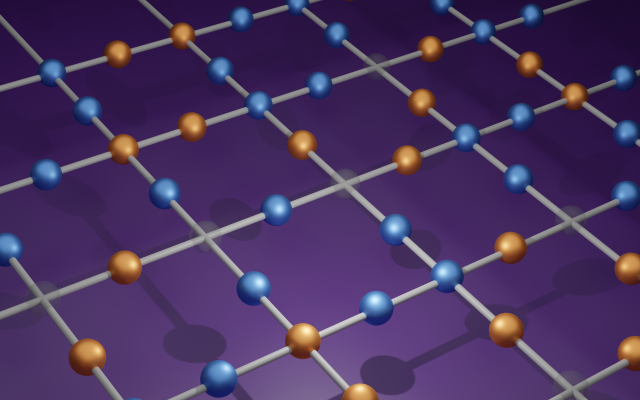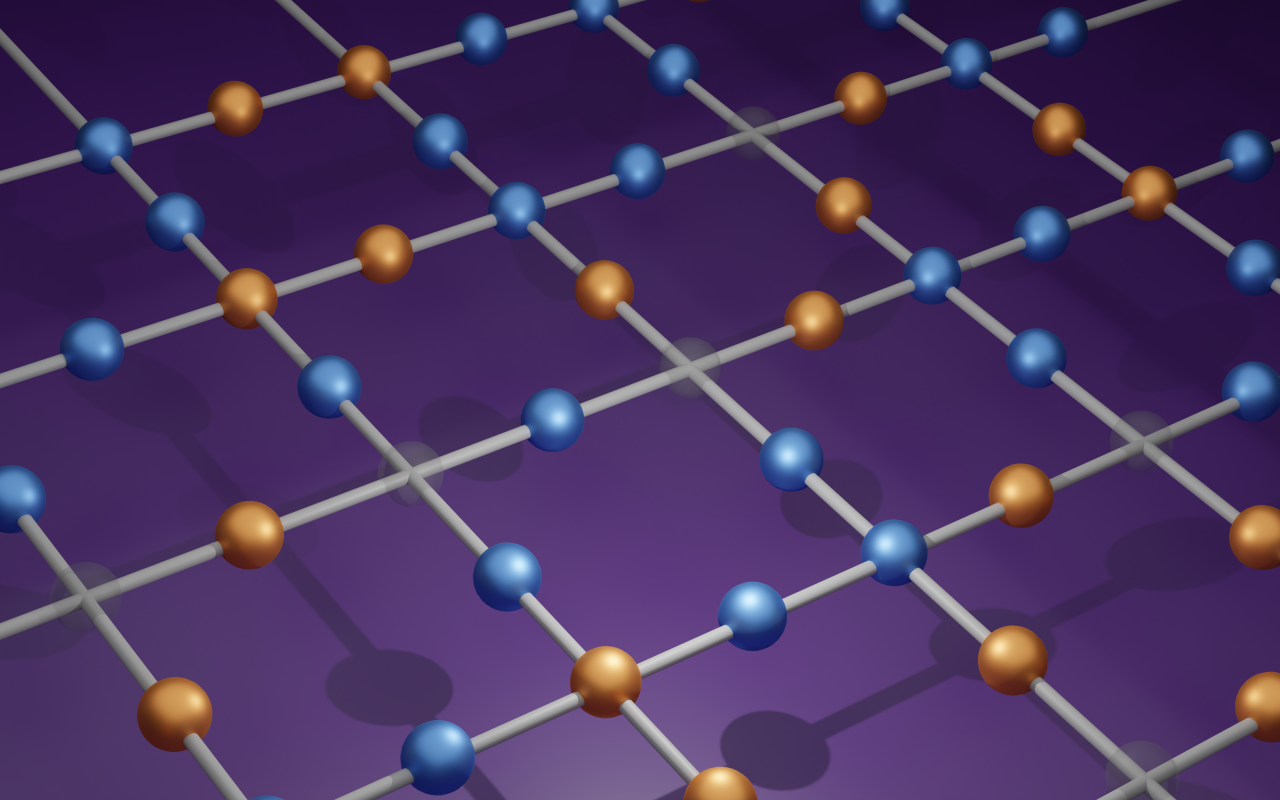15 June 2023
Novel Method for Quantum Simulation of U(1) Lattice Gauge Theories with Ultracold Fermions
Quantum simulators provide unique opportunities for controlled studies of quantum many-body systems. One of the most appealing settings where these techniques may have a profound impact in the future is particle physics. In that context, the primary target are gauge theories - theories that made up the standard model of particle physics, that encompasses our understanding of both nuclear and electromagnetic forces. Finding specific realizations of such gauge theories in quantum computers and simulators has the potential to shed light on some of the most profound aspects of basic physical phenomena, in particular, for those that are not accessible by standard computational techniques.
 © Synthetic Quantum Matter Group / LMU
© Synthetic Quantum Matter Group / LMU This innovative approach not only identifies previously unaddressed conceptual and practical challenges but also effectively tackles them. By doing so, it opens up new avenues for harnessing the capabilities of quantum simulators in the study of lattice gauge theories, with applications ranging from the investigation of theories relevant to strongly-correlated electrons in condensed matter, to the real-time dynamics of matter coupled to photons in a fully non-perturbative manner.
Publication
Ab Initio Derivation of Lattice-Gauge-Theory Dynamics for Cold Gases in Optical Lattices
F. M. Surace, P. Fromholz, N. D. Oppong, M. Dalmonte, and M. Aidelsburger
PRX Quantum 4, 020330 (2023)
DOI: 10.1103/PRXQuantum.4.020330
Contact
Monika Aidelsburger
Synthetic Quantum Matter Group
monika.aidelsburger[at]lmu.de
Faculty of Physics, LMU Munich
